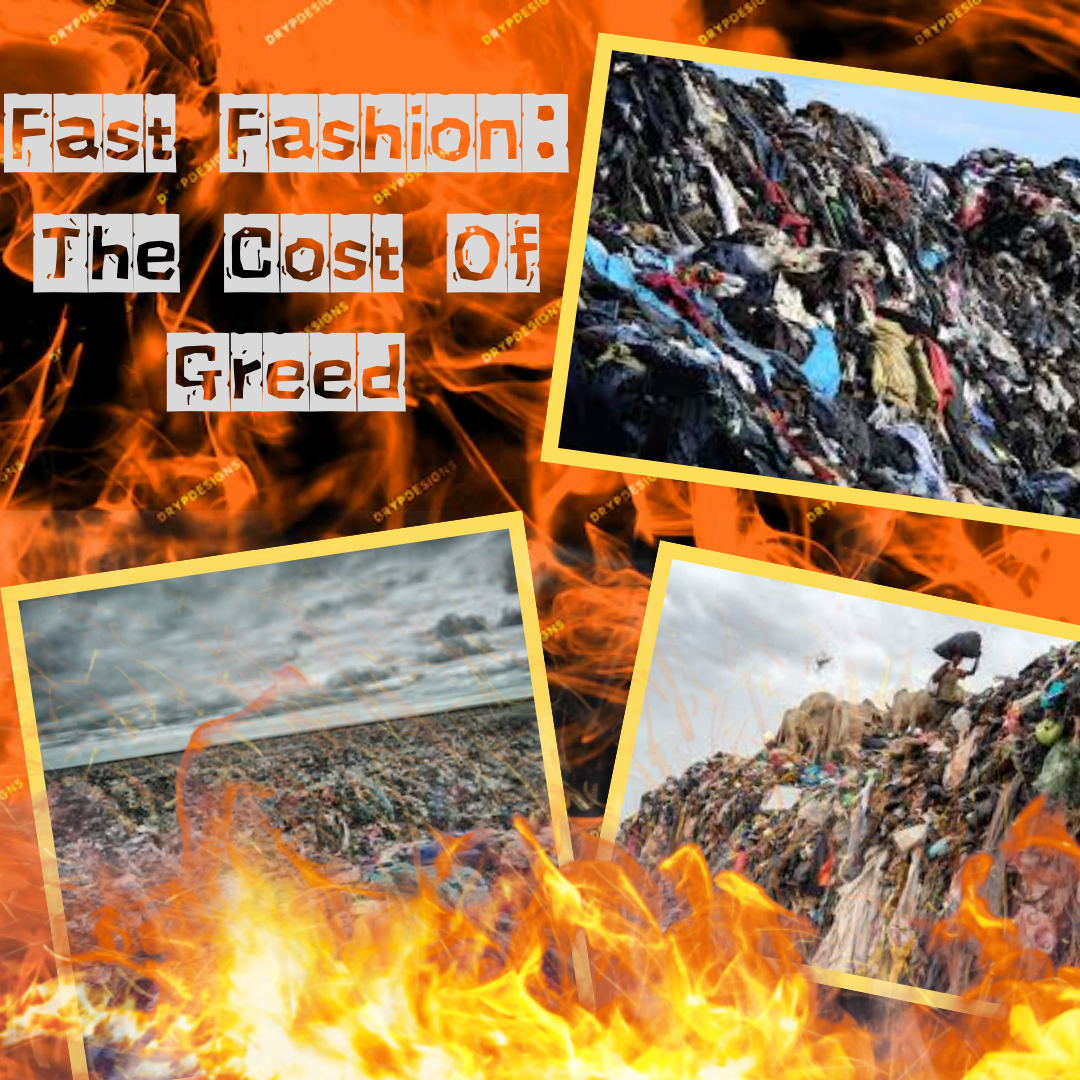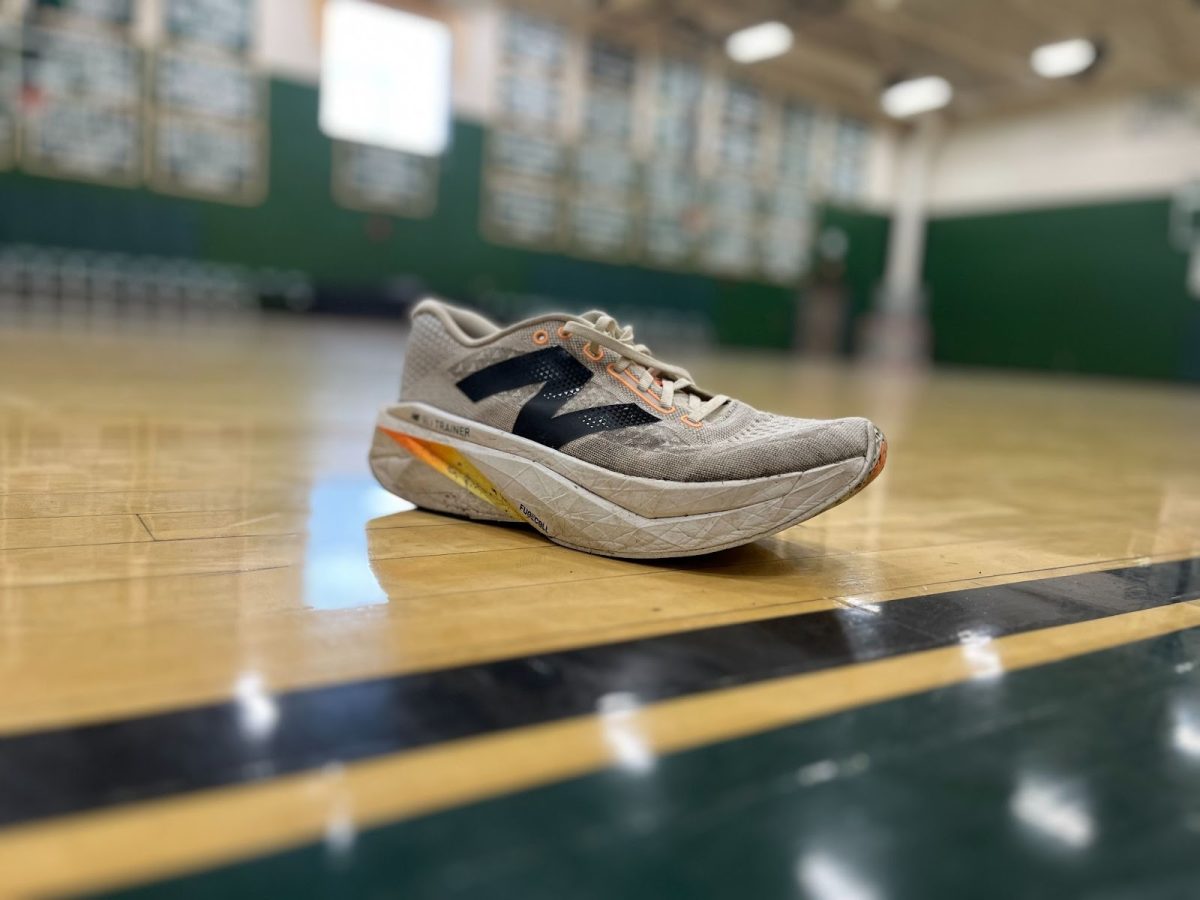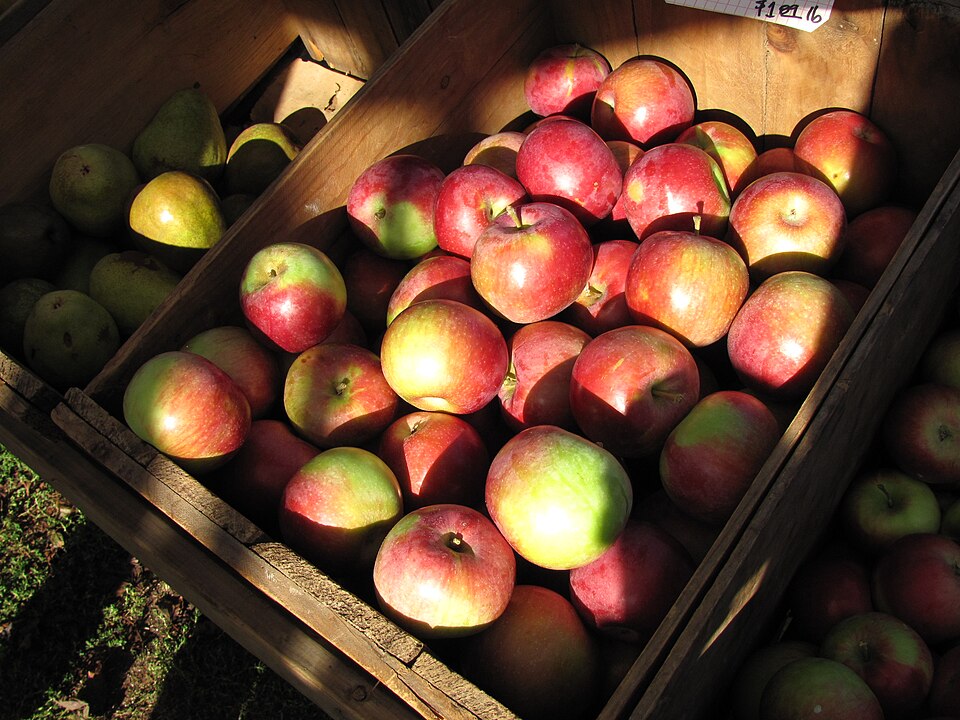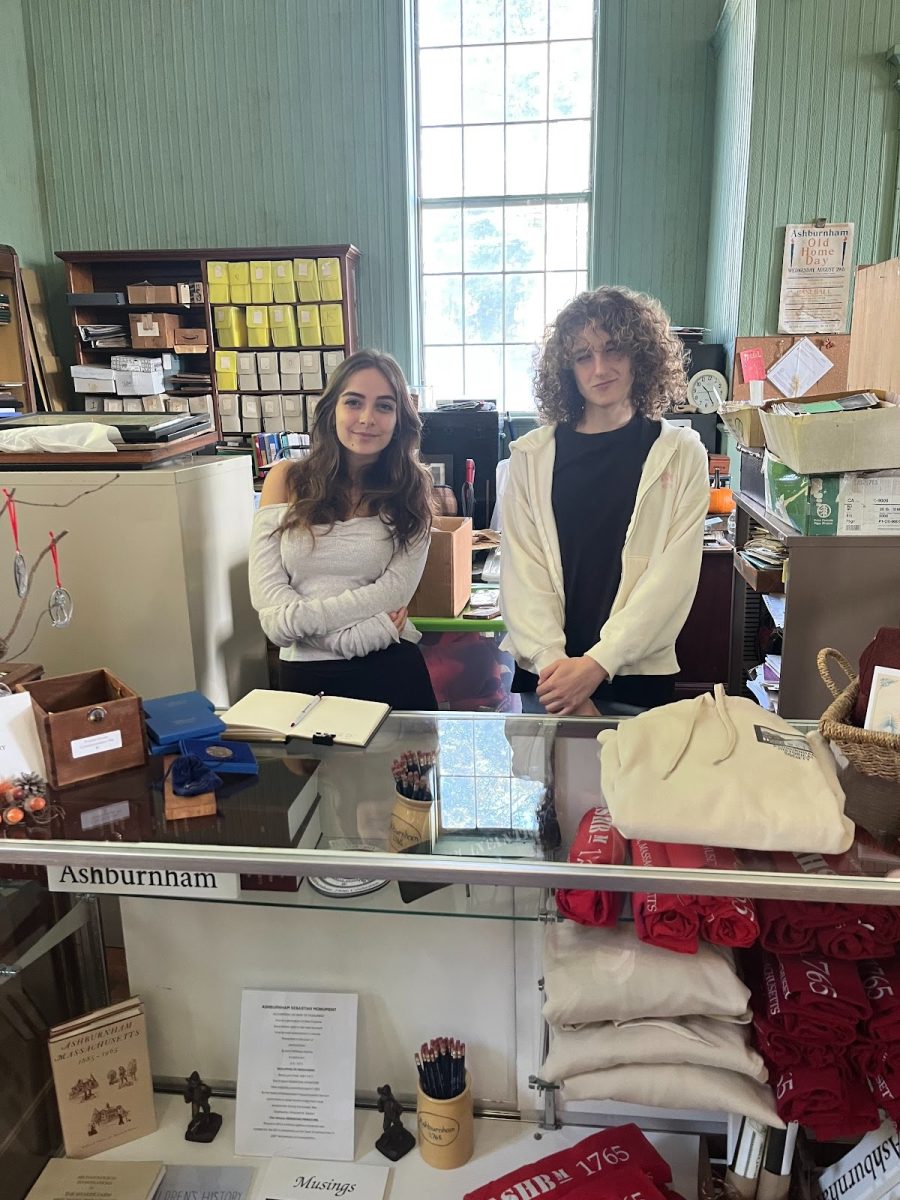Fast fashion is one of the most exploitive and damaging practices in all of business. It creates significant waste, and pollution and is a major contributor to the growing threat of global warming. It is a result of greed and mass consumption.
But what exactly is fast fashion?
Fast fashion is when clothes are created cheaply and quickly to satisfy the rapidly growing fashion trends of the youth. Most fashion brands we buy from implement this in some way, shape, or form. For consumers, this seems to be a good thing, the latest most fashionable clothing at a cheap price, but like most good things, it’s too good to be true. Making clothing this way is a one-way ticket to environmental destruction. According to Business Insider, clothing production accounts for roughly 10% of global carbon emissions, and that does not include shipping. Most of the clothing sold ends up in landfills within a year anyway. A lot of the clothing made by the fast fashion industry is made with materials that are not environmentally friendly such as polyester, nylon, and acrylic. These will take hundreds of years to biodegrade due to microplastics. Not only that but these materials are made using fossil fuels, which obviously will contribute to the amount of carbon emissions in the air.
Madeleine MacGillivray is a climate activist and is an expert on the topic, in an article for The Cougar she says that “garments people purchase for lower costs and are used only a few times, end up shedding lots of plastic microfibers into the environment, making up 35 percent of the overall microplastics”.
The reason clothing can be made so cheap like this is underpaying workers. These workers are mostly from underdeveloped countries like Vietnam, India, or Bangladesh and cannot provide for themselves or their families. Brands usually will not regulate the conditions of their workers and have little to no involvement with the production process because it makes them not technically or legally responsible for unethical practices. This allows them to overwork and underpay people, so their clothing prices decrease. According to an article from International Law and Policy Brief, there are over 75 million fast fashion workers worldwide, and less than 2% make a living wage. Even a lot of child labor is implemented since the work is considered low-skilled. The use of synthetic chemicals, some of which are known to cause cancer and other health issues, are regularly used and breathed in by these workers.
The production of this clothing takes up a lot of energy. Cotton, used in most of these kinds of clothes, is made using non-environmentally friendly tactics. Farmers use pesticides and synthetic fertilizers to grow cotton. This can lead to soil degradation, water contamination, and air pollution. It also kills many animals, harming biodiversity. This goes to show how far-reaching these production tactics are. And it feels like no matter what they cause substantial damage to the environment.
What are some solutions to this issue?
Slow fashion is the current pushback to fast fashion. As the name implies, it’s the opposite of fast fashion, prioritizing human welfare and the environment. It’s a movement similar to that of slow food. Several smaller brands are starting to implement slow fashion tactics into their production. Such as having clothing made locally, prioritizing quality over quantity, and using more environmentally friendly materials. Buying from these brands can better ensure the buyer that what they are buying is made ethically. Some slow fashion brands include Pact, Tentree, Kotn, and Panagia. Again, these are smaller lesser known brands, but hopefully, this will influence more and more to do this, including big-name brands.
Another good solution is to buy clothing second-hand, aka, thrifting. There are a ton of good thrift stores around our area and online ones like Depop. Once you start thrifting, it’s hard to stop. It’s way more affordable, you can find more unique and fashionable clothing, and you never know what you’ll get. Not to mention your reusing clothes, and the more people do this, the less of an environmental impact fast fashion will have. Why more people don’t thrift I do not know. It’s also always good to give your old clothes to these stores, rather than just throwing them out.
This is what Oakmont junior, Anthony Fidler, had to say on thifting. “I believe thrifting is great for both the economy and the environment as it reduces the excess need for more clothing materials. It puts an end to fast fashion while helping putting a halt to it and helping. It also helps people reduce clutter by sending their clothes to these shops and helping small businesses.”
Buying from fast fashion brands is a bit of a moral dilemma. Because most brands will not be open about how their clothing is made or will tell consumers straight-up lies, this makes it difficult for us to buy things ethically. But let’s be honest, the main issue isn’t that people can’t find how their clothes are manufactured, it’s simply that most people do not know or do not care. Most people see clothing they like for a good price and will buy it. This is especially true when it comes to shopping at malls, which are littered with brands that use fast fashion tactics.
When you’re shopping in person, people won’t be endlessly searching online for how that brand they’re buying from manufacturers, they will just buy it. That’s why this horrible stuff can continue to happen. The best way to heighten awareness of this and be sure to avoid as many brands that we do know use fast fashion as possible. Some big companies that use fast fashion are:
- Shein
- Temu
- Forever 21
- H&M
- Urban Outfitters
- American Eagle
- Zara
And if people absolutely NEED to buy from brands like these, just do it second-hand – don’t buy from them directly. Society as a whole needs to start making more informed and intentional purchasing decisions. It feels like a generic thing to say but it’s really the only way people can have an effect on this issue. It sometimes can feel hopeless to make any change as an individual, and while a lot of the time that’s the case, getting a lot of people to do so is what can bring change. So please be aware of your spending habits, do research, and make a difference, no matter how small it might seem.
















